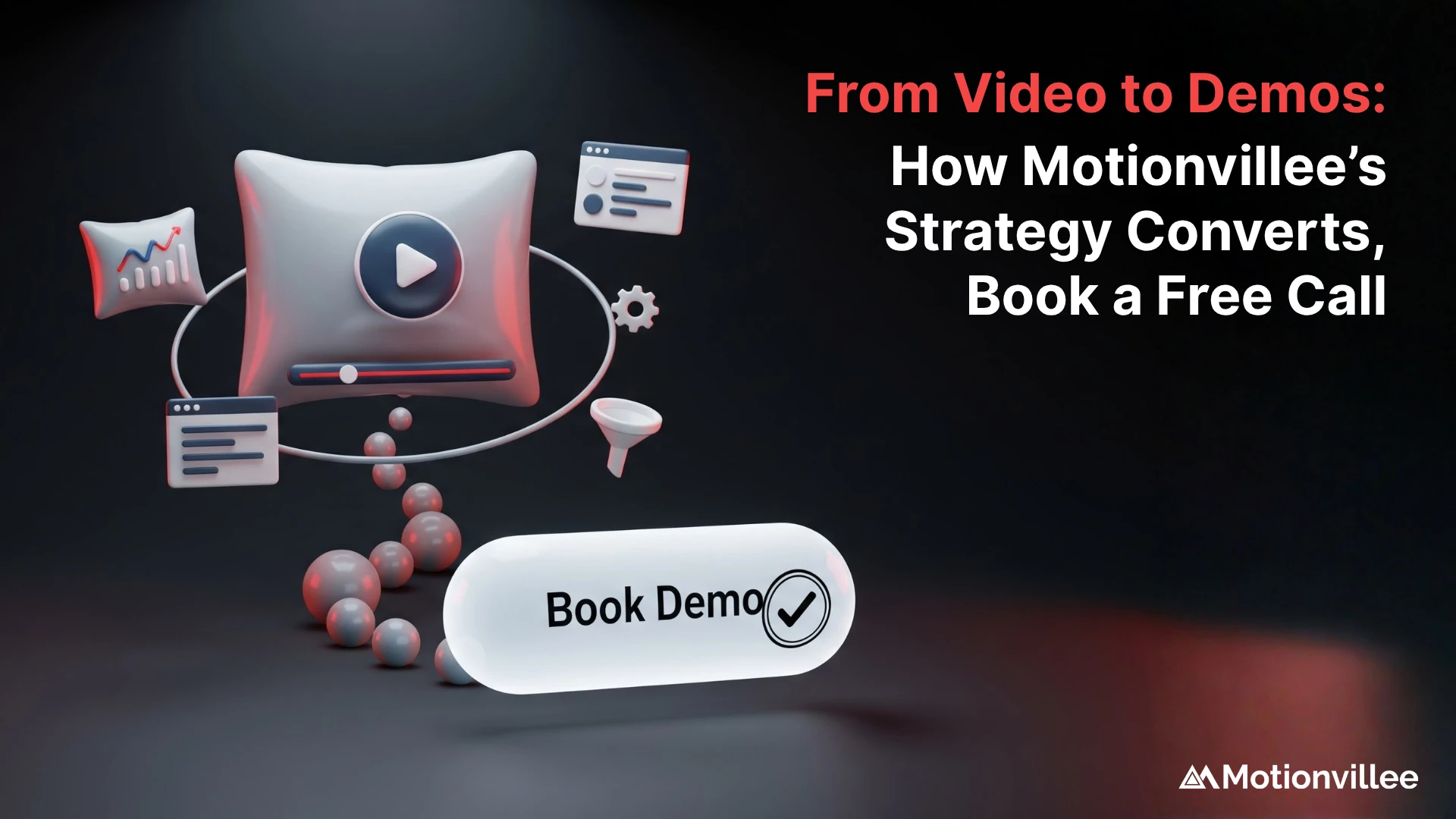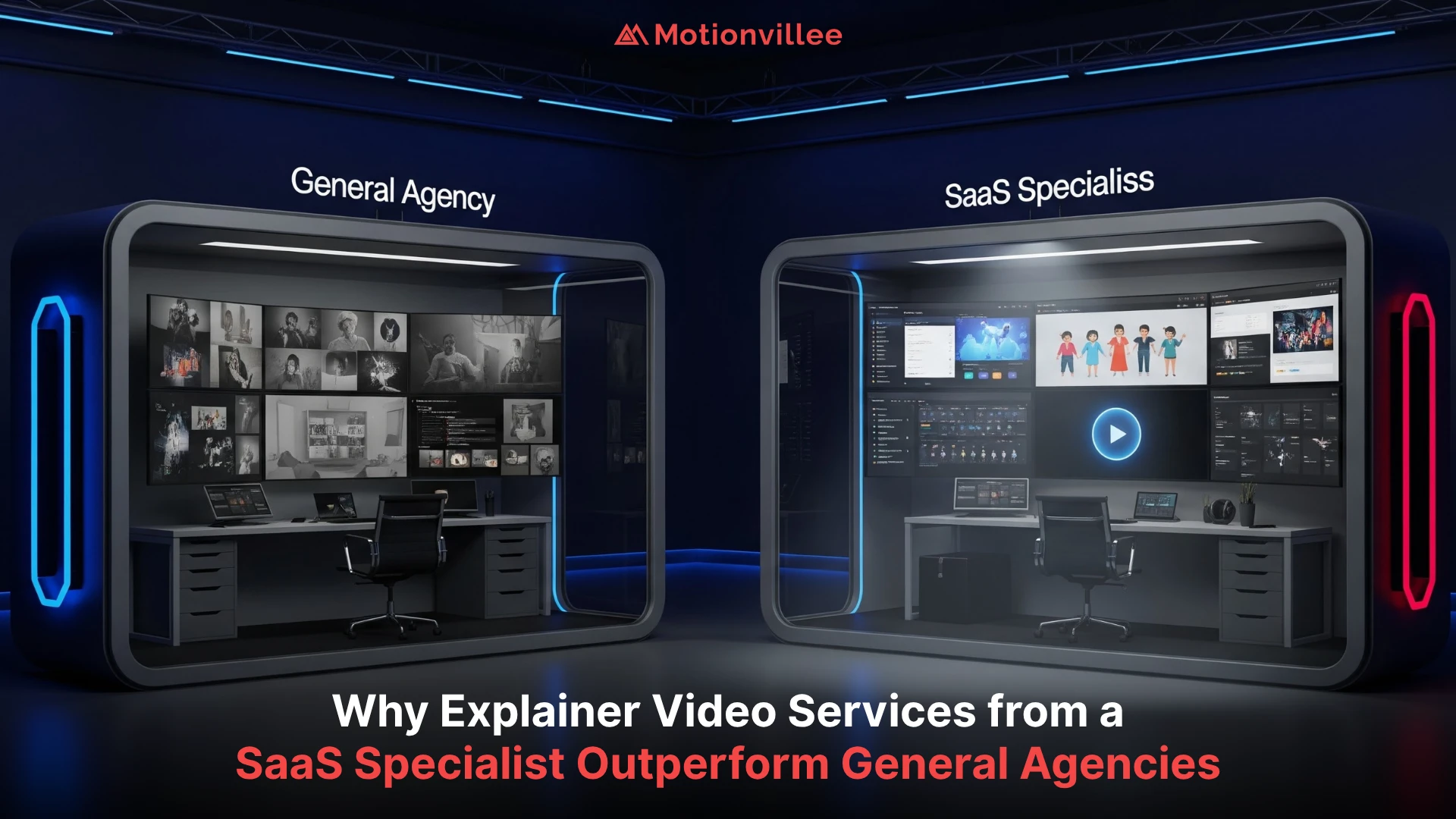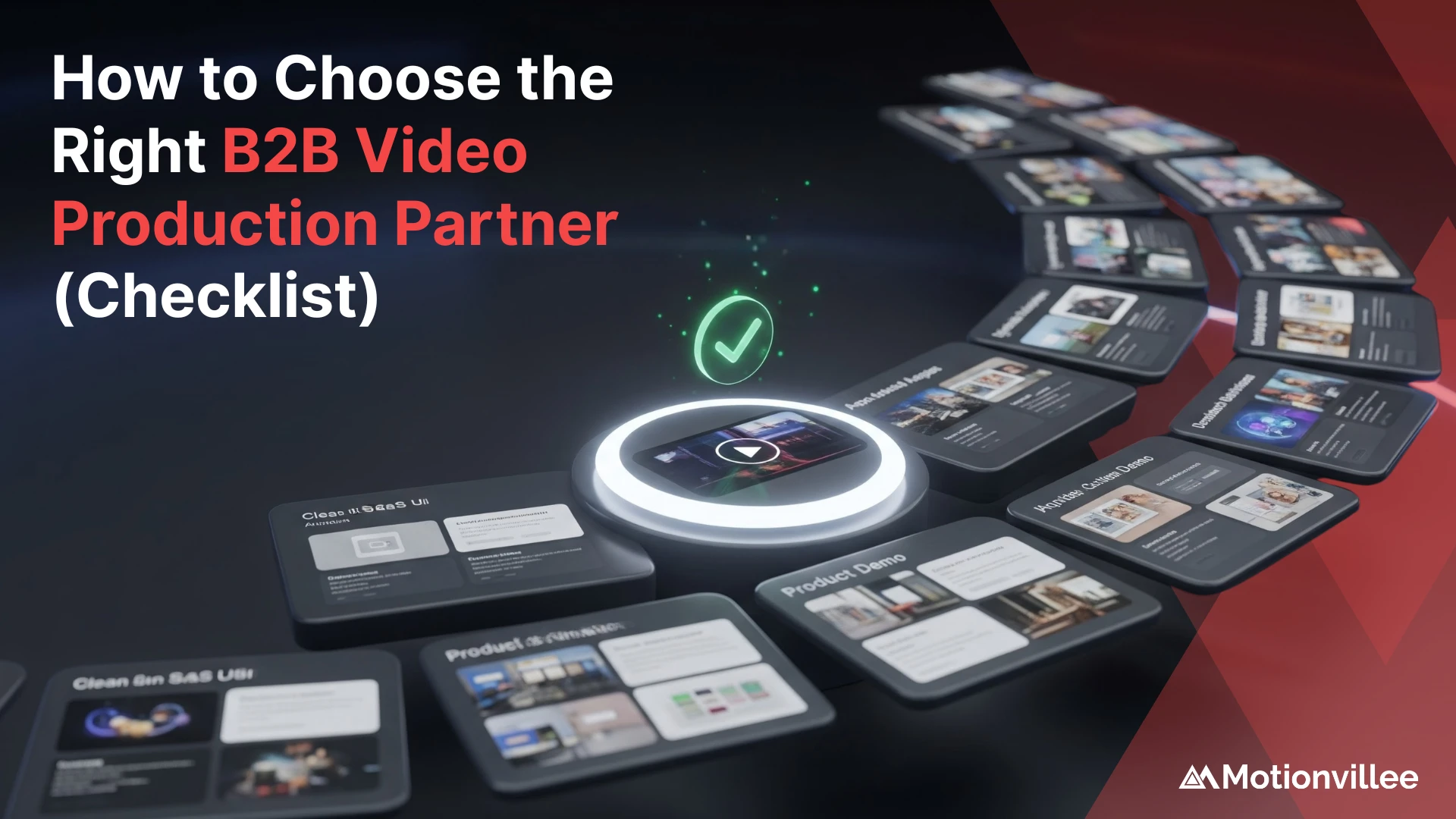Online learning is no longer just a backup plan. It’s become a core strategy for modern organizations. Whether you’re expanding your workforce, launching new systems, or navigating change, how your teams learn matters more than ever.
At the center of this shift are explainer educational videos. B2B video production service is changing not only how knowledge is delivered, but also how it sticks. They’re visual, repeatable, and accessible, ideal for complex training, executive briefings, or continuous learning programs.
For companies thinking long-term, video isn’t just about content delivery. It’s about building a smarter, more agile knowledge ecosystem. One that supports growth, aligns culture, and scales with your vision.
If you’re steering a company through transformation, improving internal communication, or designing scaled systems, here’s how educational videos are reshaping what’s possible in online learning.
1. Explainer Educational Videos Make Complex Information Easier to Grasp
Dense documents and slide-heavy presentations often overwhelm. Attention drops quickly when the material is technical, legal, or process-driven. Video offers a smarter alternative.
- Animated explanations can bring abstract or highly detailed topics to life. Think of turning a compliance protocol or API integration into something visual, digestible, and even engaging.
- Visual storytelling adds structure to complex information. Rather than dumping data, video allows you to guide the viewer step-by-step, creating a logical, intuitive path through the content.
- Voiceover, motion graphics, and strategic pacing work together to reduce cognitive load. The viewer isn’t left to guess what’s important, the video directs their focus exactly where it needs to be.
For decision-makers building internal training or stakeholder onboarding systems, this clarity isn’t just helpful, it’s essential. It saves time, reduces miscommunication, and supports better decisions across the board.
2. Scalable Learning Without Compromising Quality
As your organization grows, consistency becomes a challenge. Teaching the same material to different people, across locations, often leads to variation in delivery and gaps in understanding. Video solves that.
- A single well-produced video can be shared with thousands, delivering the same message every time. No risk of misinterpretation, missed points, or fatigue from repeated explanations.
- Whether you’re onboarding new hires, training global teams, or educating partners and clients, video ensures a uniform experience across the board.
- Once created, educational videos continue to deliver value. They can be reused, updated, or repurposed, maximizing your return on every production effort.
For CEOs and decision-makers building training infrastructures, this kind of scalability isn’t just efficient, it’s a long-term operational asset.
3. Asynchronous Learning Supports Busy Schedules
In today’s work environment, flexibility isn’t a perk, it’s a necessity. Traditional training formats assume everyone is available at the same time, but the reality is more complex. Video respects that.
- On-demand access means your teams can learn when it fits their schedules, whether they’re in the same building or across continents. This is especially powerful for global companies and hybrid teams.
- Self-paced learning allows individuals to absorb information at their speed. They can pause, replay, or revisit key points, leading to deeper understanding and better knowledge retention.
- Video naturally supports hybrid and remote work environments. It bridges the gap between time zones and work styles without creating extra strain on trainers or HR teams.
For leaders managing growth across geographies, asynchronous learning powered by video is a smart way to deliver consistency, without the friction of fixed schedules.
4. Stronger Retention Through Visual Memory
Information is only valuable if it sticks. That’s where video has a clear advantage, because it’s built for how the brain works.
- Motion engages more cognitive functions than static content. When visuals move, the brain pays attention, processes faster, and stores information more effectively.
- Visual metaphors turn abstract concepts into memorable images. Whether you’re explaining a workflow or illustrating a system, well-designed animation builds clarity that lasts.
- The ability to replay content gives viewers full control. They can revisit specific sections anytime, reinforcing key takeaways without needing additional instruction or support.
For companies building training or knowledge systems, video isn’t just a format, it’s a retention tool. One that makes learning not just possible, but memorable.
5. Better Engagement Than Traditional E-Learning Modules
Engagement is the silent killer of many training programs. Long emails, static PDFs, or click-through slide decks often lead to skimmed content and forgotten details. Video changes the dynamic completely.
- With dynamic transitions, voiceovers, and purposeful pacing, explainer educational videos are designed to capture and hold attention, start to finish.
- A well-crafted narrative does more than inform; it creates a connection. When people relate to what they’re watching, they stay engaged, and they remember.
- Video lets you educate and entertain simultaneously, without losing professionalism. It’s a medium that respects your audience’s time while keeping them actively involved.
For leaders investing in culture, capability-building, or brand education, video brings the clarity and energy that traditional e-learning often lacks.
6. Custom Video Content Reflects Brand Standards
Training content shouldn’t feel generic, especially when it represents your company. With video, you have full creative control to make learning feel like an extension of your brand.
- Tailored visuals can reflect your tone, culture, and values. Whether your style is minimalist, bold, or playful, every detail can be designed to match.
- Custom motion design ensures your content feels fresh and intentional, not like it was pulled from a default template.
- From typography to animation pacing, you can guide the look and feel of every frame. That consistency strengthens your brand and builds trust, internally and externally.
For CEOs and decision-makers, branded educational video production is more than design polish, it’s a statement about your company’s standards and attention to detail.
7. Faster Onboarding for Teams and Stakeholders
Onboarding is often a bottleneck. Whether it’s new hires, internal promotions, or external partners, getting people up to speed quickly and consistently is a constant challenge. Video streamlines that process.
- Instead of repeating the same information, use an explainer video production service to explain tools, systems, or compliance protocols once, with clarity that scales.
- High-quality onboarding videos become evergreen assets. You can use them across departments, regions, or roles, reducing the need for live walkthroughs or redundant training sessions.
- Visual instruction minimizes confusion, cuts down on repetitive questions, and reduces human error, especially in process-heavy roles.
For decision-makers, this means faster ramp-up times, smoother transitions, and more efficient use of your internal team’s expertise.
8. Bridging Language and Cultural Gaps
When your organization spans countries or continents, communication challenges multiply. Video offers a smart way to deliver consistent learning, regardless of language or culture.
- With subtitles and multilingual voiceovers, video content can be localized quickly and accurately, without rewriting the entire experience.
- Visual aids, like icons, animations, and diagrams, reinforce meaning even when language proficiency varies. This is especially useful in operational or technical training.
- No matter where your teams are, video ensures everyone receives the same message, presented the same way. That consistency builds alignment across borders.
For CEOs leading global or distributed workforces, explainer educational videos aren’t just about clarity, they’re a tool for building shared understanding at scale.
9. Data-Driven Improvement Through Viewer Insights
Unlike traditional training methods, video offers something invaluable: real-time feedback without asking for it. Every view becomes a source of insight.
- Hosting platforms provide data on watch time, drop-off points, and replays. You can see exactly where attention fades or where people rewatch for clarity.
- These metrics help you fine-tune future content. Shorten scripts, adjust pacing, or clarify complex sections based on actual viewer behavior, not guesswork.
- You can A/B test different versions of the same video to see what resonates best, making your training more effective with every iteration.
For leaders invested in continuous improvement, explainer educational videos aren’t just about delivery, it’s about learning from your learners.
10. Future-Proof Your Learning Ecosystem
Growth brings complexity and outdated training can quickly become a liability. Video helps you stay ahead by building a learning system that’s scalable, adaptable, and built to last.
- Modular video libraries mean you don’t need to start from scratch when something changes. Update a single clip or segment, and your training stays current without overhauls.
- Scalable learning reduces your reliance on live sessions, trainers, and time-bound resources. Your teams can access exactly what they need, when they need it.
- A strong video foundation today becomes a durable knowledge base tomorrow. It’s an investment that compounds saving time, maintaining quality, and adapting to your business.
For forward-looking organizations, video isn’t just a tool, it’s a foundation for smarter, more resilient learning.
Educational video production isn’t a trend, it’s infrastructure. If you’re leading change or planning for scale, they’re an investment in clarity, speed, and retention. Whether it’s internal training, partner education, or executive learning tools, video meets the demands of modern business.
At Motionvillee, we craft explainer educational videos designed with decision-makers in mind. Our animations are built for clarity, tailored to your brand, and structured for strategic impact. If you’re building the future of learning, we’re here to help you shape it, one frame at a time.







